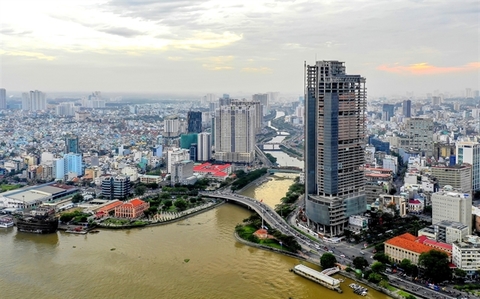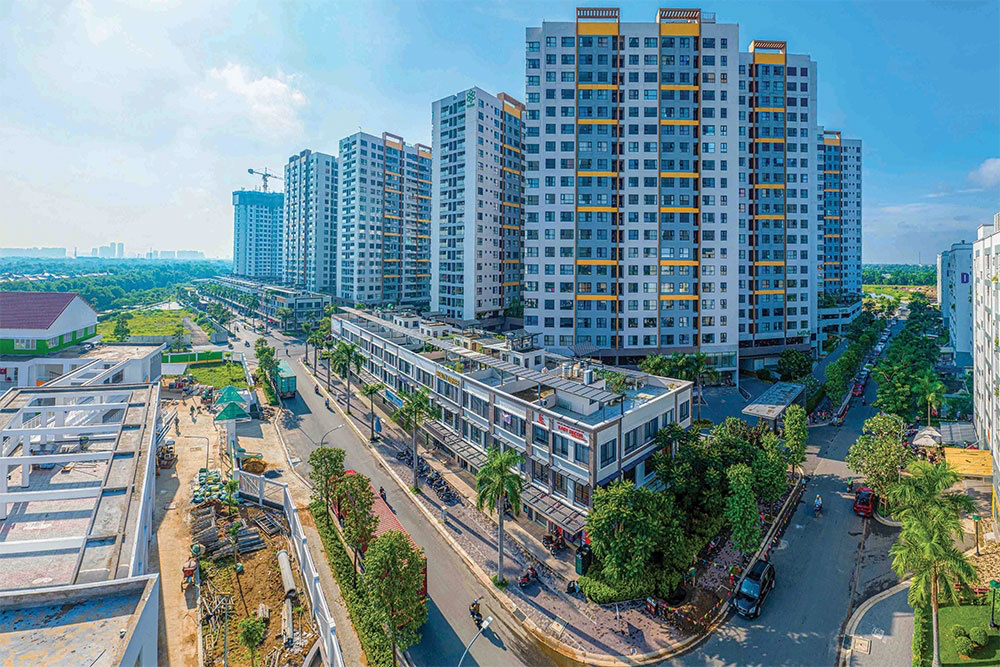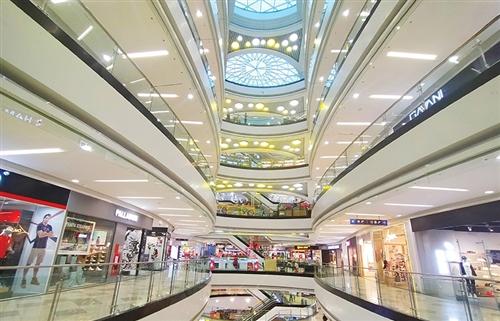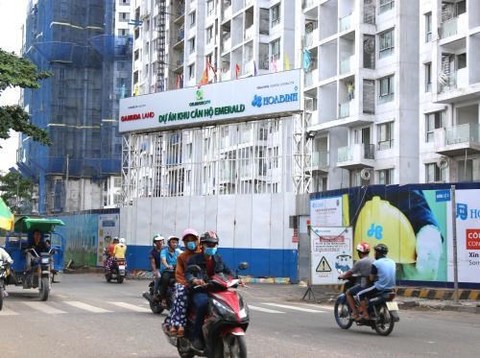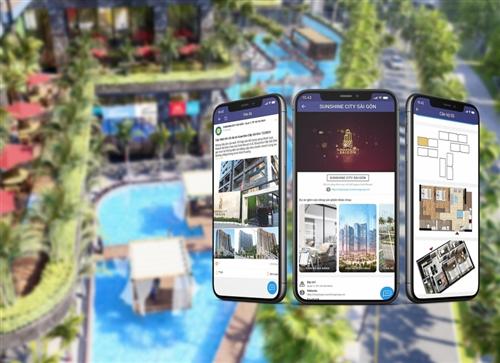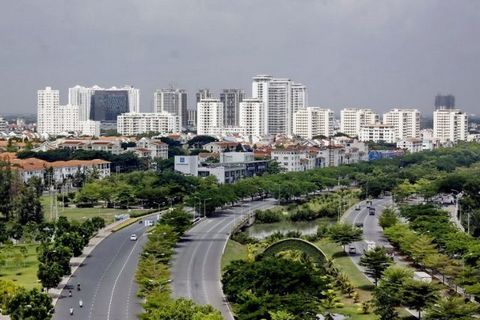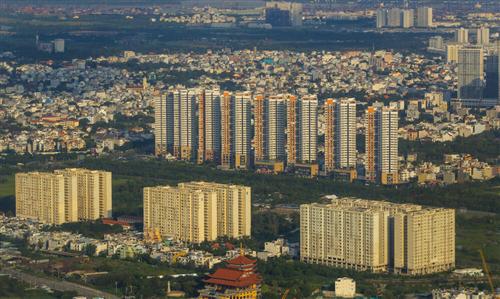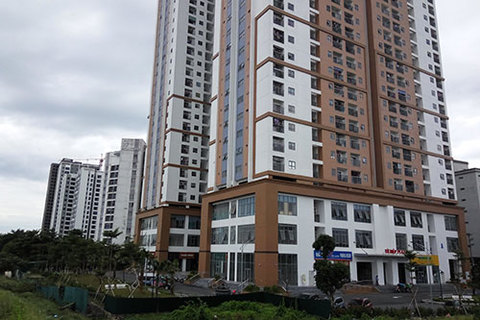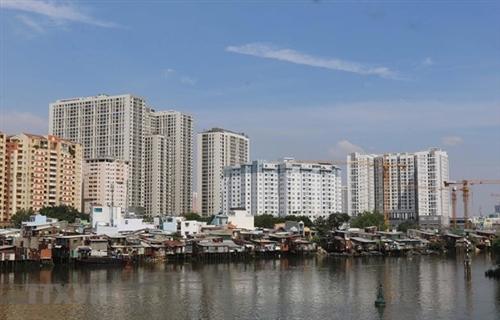Eco-smart city: A new living and investment trend
Eco-smart city: A new living and investment trend
Living in large, eco-smart urban areas is forecast to become a new trend thanks to their professional planning, green spaces and modern facilities.
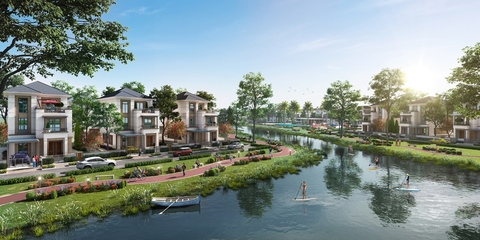
Eco-smart urban areas have, in fact, been developed for many decades in developed countries. Their development has been inspired by increasing demand from residents who want to live closer to nature, green spaces and full amenities meet the needs from education, healthcare, entertainment and sport,etc…
In Viet Nam, not many large ecological urban areas have been developed yet but are expected to become a staple in future.
Nowadays more and more people tend to buy houses in urban areas which include with all kinds of amenities to improve their quality of life. Furthermore, for many Vietnamese, buying a house is an investment for future generations.
Demand for improving standard of life
With 1.5 million people join the world’s middle class every year, The World Bank predicts that Viet Nam’s middle class will grow to 33 million by 2022.
As this class grows rapidly, a new challenge faces the housing market and developers - having to find ways to improve quality to meet the increasing living demands from customers.
Experts said in Viet Nam, an urban area that could meet the requirements of the middle class is a place that enables people to enjoy nature but with all modern amenities. To touch these things, projects must be comprehensively planned and, most importantly, built by a prestigious developer, they said.
Living in eco-smart city which are well planned is a growing trend among Vietnamese people
Ecological urban areas are becoming a popular choice among Vietnamese since their lifestyles are changing and they increasingly care about health. Ecological, green space is one of important factors that affects people’s buying decision.
Ngoc Mai of District 3 in HCM City said her family lives in a high-standard service apartment in the heart of the city with all modern amenities.
But she really sees the importance of living amid nature after long working days at home because of the COVID-19 pandemic.
“I really want to live in an area with large natural spaces where I can breathe fresh air and walk around after a working day.”
Eco-smart cities: New trend in Viet Nam
Developing eco-friendly urban areas in HCM City is difficult due to the lack of green spaces. Currently the density in the city is less than two trees per person, much lower than the rate in other big cities around the world.
Speaking at a worshop on eco urban areas last December, expert Nguyen Minh Hoa said, “Only satellite urban areas in the east and the west of HCM City can be developed into 100-hectare ecological projects.
“Only in these areas can developers plan well and offer all amenities to meet the demands of residents over the long term.”
Beside a model urban area in the south of Sai Gon, the satellite urban areas in the East which are well-planned and synchronized from landscapes to utilities is forming a new trend for real estate development. Eco-smart city Aqua City developed by Novaland Group is an outstanding example.
Upon its launch, the project attracted many buyers since the place is surrounded by large rivers, greenery tand modern amenities designed in “all-in-one” style.
Based on the global trend of sustainable urban development, Aqua City is being developed in a way where green space is priorised.
The developer has earmarked over 70 per cent of its acreage for green spaces, transport infrastructure and amenities.
The most impressive facilities can be listed are a 2.2ha Aqua sports complex centre with both indoor and outdoor spaces; large theme parks from 3,000sq.m to 5,500sq.m; camping areas and a yoga centre along the rivers…
Besides, the modern internal amenities such as hospital, schools, , plazas kayak stations, five-star yacht marina … will be provided a full suite of services to residents.
The participation of powerful and experienced real estate developers will contribute to the formation of model eco-urban areas, creating a driving force for the development of regional planning, thereby creating the sustainable living spaces. This not only rises new trend in the housing market but a green living also.





